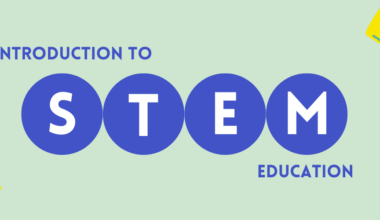It has been already highlighted, after making a huge increase in space of IPv6 address in comparison of IPv4, it will become very easy to assign an IPv6 address to every atom on the surface. This becomes an important factor in the development of the Internet of Things.
The term “Internet of Things” was coined by Kevin Ashton in a presentation to Proctor & Gamble in the year 1999. Nowadays, the Internet of Things is becoming one of the most important trends in the history of the software industry.
In any case, what precisely is the ‘Internet of Things’ and what effect is it going to have on you? There is a great deal of complexities around the Internet of Things however we need to adhere to the rudiments.
IoT includes everything from cell phones, coffee makers, washing machines, headphones, electric lamps to wearable items and etc. We can say that IoT is a giant network of connected things. An increase in the number of smart nodes, as well as the amount of upstream data the nodes generate, is expected to raise new concerns about data privacy, data sovereignty, and security. This idea picked up prevalence for its capacity to associate the detached – physical-first questions once unfit of producing, transmitting and getting information unless enhanced or controlled.
There is also another term known as IoE, but we must not misunderstand the term with IoT. IoE covers the wider concept of connectivity from a viewpoint of current connectivity technology use-cases. IoE is a superset of IoT.
Let us consider the core concepts:
• Individuals /People: Estimated as end-centers associated over the web for sharing information and activities.
• Things: Actuators, physical sensors, gadgets and different things making information or getting data from different sources.
• Information: It covers crude information broke down and prepared into valuable data for encouraging smart choices and control instruments. For instance: temperature logs changed into a standard number of high-temperature hours every day for assessing room cooling necessities.
• Procedures: It implies utilizing network among information, individuals and things to include esteem.
The key elements of Internet of Things:
- Sensing
Is the first step in the process. System first has to gather the data from the “Point of Activity”. The sensing can be done via biometric, biological, environmental, visual or audible, many more.
- Communication
IoT devices require a means for transmitting the information sensed at the device level to a Cloud-based service for subsequent processing. This requires some kind of network like WiFi, WAN, LAN etc.
- Cloud Based Capture
The collected data has to transmitted to some cloud-based service.
- Delivery of Information
We can say that this could be the last stage when the useful information is delivered to the end user. This requires the use of some endpoint interface like a tablet, iPad etc.
IoT has the endless opportunities. ‘Anything that can be connected, will be connected’.






